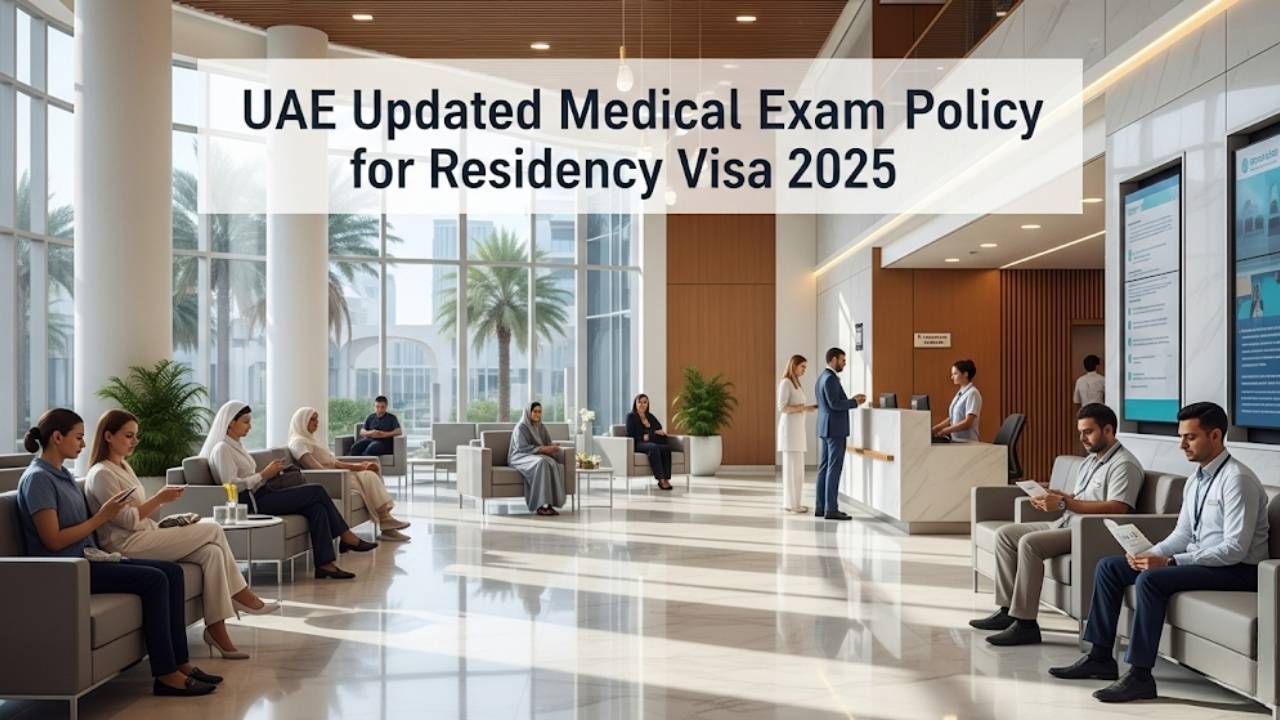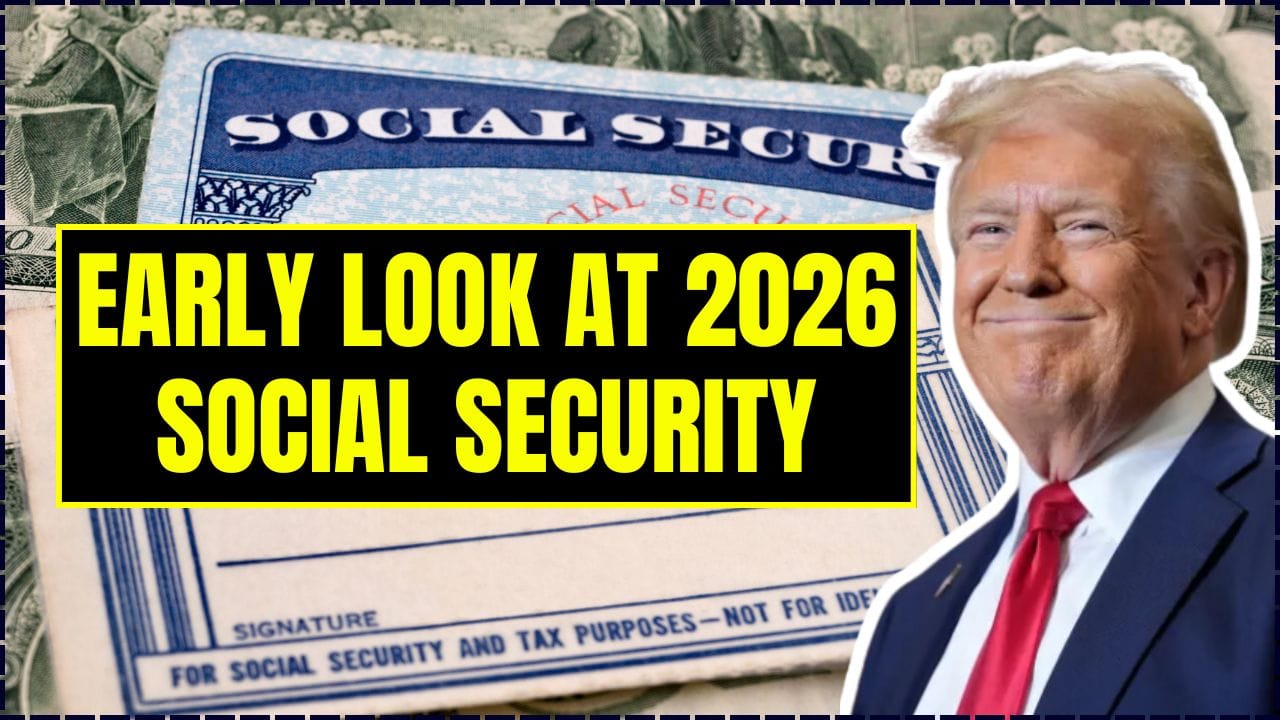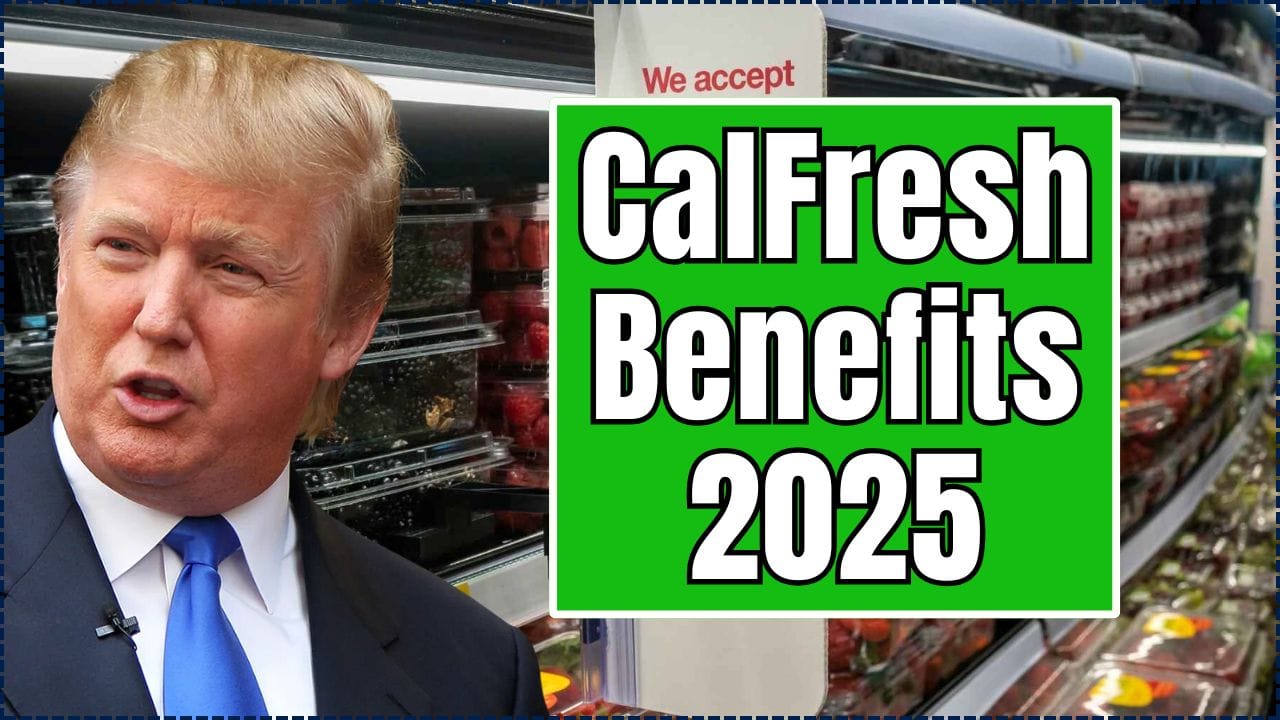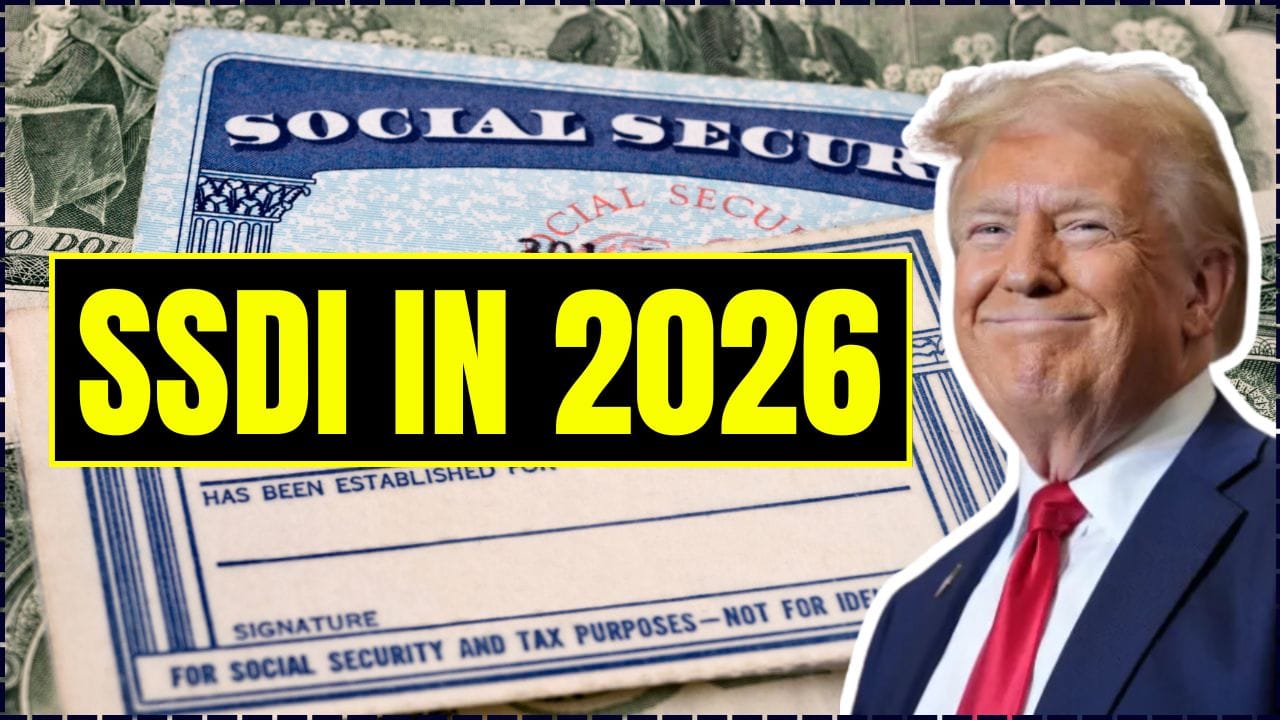The path to building a career in the United Kingdom is evolving. If you’re a skilled professional dreaming of a future in the UK, you’ve likely heard whispers of significant updates to the immigration system. On July 22, 2025, a landmark set of rule changes for the UK Skilled Worker visa program will come into effect, reshaping the landscape for international talent. While change can feel daunting, this guide is here to demystify the new requirements, offer clear, actionable advice, and empower you to navigate this new chapter with confidence.

These aren’t just minor tweaks; they represent a strategic shift in the UK’s approach to immigration, focusing on higher-skilled roles and higher salary benchmarks. But don’t let that discourage you. For the right candidates, the door to the UK remains wide open. This article will walk you through exactly what’s changing, what it means for you, and how you can position yourself for success.
UK Skilled Worker visa program
| Key Change | The New Rule (Effective July 22, 2025) | What It Means for Applicants |
| Minimum Skill Level | Raised from RQF Level 3 (A-level equivalent) to RQF Level 6 (graduate level). | Your job offer must now typically be for a graduate-level position. Many roles previously eligible will be removed. |
| General Salary Threshold | Increased from £38,700 to £41,700 per year. | You must be paid the higher of this new threshold or the updated “going rate” for your specific occupation. |
| Care Worker Route | New applications for overseas care and senior care workers will no longer be accepted. | This specific route is closing to new applicants from outside the UK, with some transitional provisions for in-country applicants. |
| Shortage Occupation List | The Immigration Salary List (ISL) is being replaced by a new Temporary Shortage List (TSL). | This interim list will include some roles below RQF Level 6 but comes with significant restrictions, such as no eligibility for dependents. |
What does this mean in practice?
It means that the job you are sponsored for must be considered a graduate-level occupation. According to official announcements, this change will remove approximately 180 occupations from the list of eligible roles. Jobs in sectors like hospitality management, certain administrative positions, and various technician roles may no longer qualify for new visa applicants under this route.
In my experience advising skilled professionals, the key takeaway here is the increased importance of your job’s Standard Occupational Classification (SOC) code. You and your potential employer must verify that your role’s SOC code is listed as eligible under the new RQF Level 6 requirement.
Actionable Step: Before you apply, work closely with your UK employer to confirm that the job offer corresponds to an eligible RQF Level 6 occupation. The official list of eligible occupations can be found on the GOV.UK website.

Understanding the New Salary Requirements
Alongside the skills uplift, the minimum salary thresholds are also increasing substantially. To be eligible for a Skilled Worker visa from July 22, 2025, your salary must meet or exceed the highest of the following:
- A general threshold of £41,700 per year (up from £38,700).
- The updated “going rate” for your specific occupation.
The “going rate” is the market rate for a particular job, and these have also been updated in line with the latest wage data. This means that even if your salary is above £41,700, you could still fall short if it’s below the revised going rate for your profession.
Are there any exceptions?
Yes, but they are specific. Discounts on the salary threshold are still available for certain applicants, though the discounted rates have also increased:
- PhD in a relevant subject: The threshold is £37,500.
- PhD in a STEM subject relevant to the job: The threshold is £33,400.
- “New Entrants” to the labour market: The threshold is £33,400. This category typically includes those under 26 or recent graduates.
I’ve seen many successful applicants leverage these discounts, particularly those coming directly from academia. If you have a PhD, ensure it’s clearly relevant to the role you’ve been offered to take advantage of this.
Transitional Arrangements: A crucial point to remember is that these new salary thresholds apply to all new applications and renewals made on or after July 22, 2025. However, if you were already on the Skilled Worker route before April 2024, slightly lower transitional thresholds may apply for your extension, starting at £31,300.
The New Temporary Shortage List (TSL)
The government is phasing out the Immigration Salary List (ISL) and introducing an interim Temporary Shortage List (TSL). This list is designed to allow employers to fill critical vacancies in occupations that fall below the new RQF Level 6 skill threshold.
The TSL is a temporary measure, with the included occupations set to be reviewed by the end of 2026. While it offers a pathway for some vital mid-skilled jobs, it comes with two major restrictions:
- No salary or visa fee discounts.
- Applicants sponsored for a role on the TSL cannot bring dependants (partners or children) with them to the UK.
This is a critical consideration for anyone with a family. If your role is on the TSL, you will need to plan for your family to join you through a different immigration route, if possible, which can be complex and is not guaranteed.
What About Care Workers?
The changes bring a significant policy shift for the social care sector. From July 22, 2025, employers will no longer be able to sponsor new care workers (SOC 6135) and senior care workers (SOC 6136) from overseas.
The government’s stated aim is to encourage the recruitment of domestic workers into these roles. There are transitional provisions allowing individuals already in the UK on a care visa to extend their stay or change employers within the sector, but the door for new overseas applicants is closing.
How to Prepare for Your Application: A 5-Step Checklist
Feeling overwhelmed? Let’s break it down into manageable steps. Here is a practical checklist to guide your preparation.
- Verify Your Occupation’s Eligibility: First and foremost, check if your job’s SOC code is still eligible under the RQF Level 6 requirement. If it’s not, see if it appears on the new Temporary Shortage List and understand the associated restrictions.
- Confirm Your Salary: Have a transparent conversation with your employer. Ensure your offered salary meets both the new general threshold of £41,700 and the updated going rate for your specific role. Document this clearly in your Certificate of Sponsorship (CoS).
- Act Before the Deadline (If Possible): If your employer is ready and you have a job offer for a role that will become ineligible, try to get your Certificate of Sponsorship issued before July 22, 2025. A CoS issued before this date will be assessed under the old rules, even if you submit your visa application shortly after.
- Gather Your Documents Meticulously: Ensure all your qualifications, proof of English language proficiency, and financial evidence are in perfect order. With higher stakes, there’s less room for error.
- Plan for Your Family: If you intend to bring dependants, double-check that your visa category allows it. Remember, roles on the Temporary Shortage List do not.
FAQs
Q1: What is the exact date the new UK Skilled Worker visa rules take effect?
The new rules will apply to all applications submitted on or after July 22, 2025.
Q2: I am already in the UK on a Skilled Worker visa. How do these changes affect me?
If you already hold a Skilled Worker visa, you are covered by transitional arrangements. You can extend your visa, change employers, and settle in the UK under rules that are largely similar to when you applied, though you will likely need to meet higher salary thresholds upon renewal. The new RQF Level 6 skill requirement will not apply to you for extensions.
Q3: Will the cost of the visa application increase?
While the July 2025 changes focus on salary and skill thresholds, the government has also indicated future increases to the Immigration Skills Charge (a fee paid by employers) and visa application fees. It’s wise to budget for potential fee hikes.
Q4: Can I still bring my family (dependants) to the UK?
Yes, if you are sponsored for a role that meets the RQF Level 6 skill threshold. However, if your job is on the new Temporary Shortage List, you will not be permitted to bring dependants.










